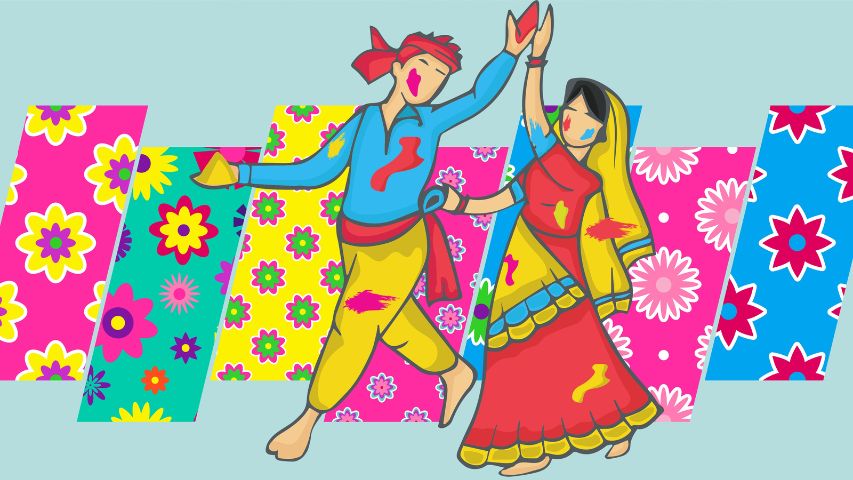-853X543.jpg)
REFLECTING INDIA: AN ANALYSIS OF POPULAR SCRIPTED TELEVISION
by Editorial Desk November 11 2023, 12:00 am Estimated Reading Time: 2 mins, 34 secsAn intersectional and longitudinal analysis of popular scripted television from 2018 to 2022, has been released by the Geena Davis Institute of Gender and Media, reports The Daily Eye #Newsdesk
The Geena Davis Institute on Gender in Media partnered with University of Southern California’s Signal Analysis and Interpretation Laboratory, which contributed insights and analysis, Google Research, which provided the machine learning technology, and the International Advertising Association India Chapter, which provided subject matter advisement, to undertake this longitudinal representation study of the most popular scripted TV series in India over the past five years, across five different languages.
This study is an expansion of a previous study #SeeItBeIt: What Families Are Seeing on TV, in which the research analysed 12 years of representation in popular TV in the U.S. To expand the understanding of the global media environment, the research now has applied this lens to the Indian TV industry. The main findings are as follows:
- Across all years and all languages, the share of screen time for female characters is higher than for male characters (55.8% compared with 44.2%).
- Across all years and all languages, the vast majority of characters shown on screen are young adults (ages 18 to 33).
- Older characters are rarely seen; there is more age diversity among male characters than female characters.
- Characters with a light skin tone are eight times more common on screen than characters with medium or dark skin tones; but the percentage of screen time given to characters with a medium tone has increased slightly over time.
- When on screen, female characters have lighter skin tones than male characters do.
- Characters in Tamil- and Telugu-language series have the most skin-tone diversity of the languages analysed.
- Across all years and all languages, the percentage of female names mentioned is higher than that for male names mentioned (55.6% compared with 44.4%).
- Across all years and all languages, the percentage of unique female names mentioned is lower than that for male names mentioned (46.7% compared with 53.3%).

Based on these findings, the Institute presents the following recommendations to diversify inclusion in popular TV in India with respect to gender, age, and skin tone.
- Continue to show an equal share of women and men on screen but cast more diverse women with respect to age and skin tone. Since women were found to be shown as younger and to have lighter skin tone compared to men on screen, increase the intersectional diversity of women onscreen by featuring more middle-aged women, older women, and women with a medium or dark skin tone.
- Show more middle-aged and older adults onscreen. Children and young adults are well represented on screen in popular scripted Indian television. Bring more age diversity to screen by writing narratives that feature older adults, especially older women, such as stories about intergenerational families, female leaders, or matriarchs.
- Increase skin tone diversity on screen. Cast characters with more diverse skin tones in prominent roles. By increasing screen time given to those with a medium or dark skin tone, popular scripted Indian television series will more accurately represent the diversity of skin tones and people of India.







-173X130.jpg)
-173X130.jpg)
-173X130.jpg)
-173X130.jpg)
